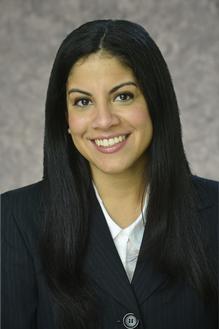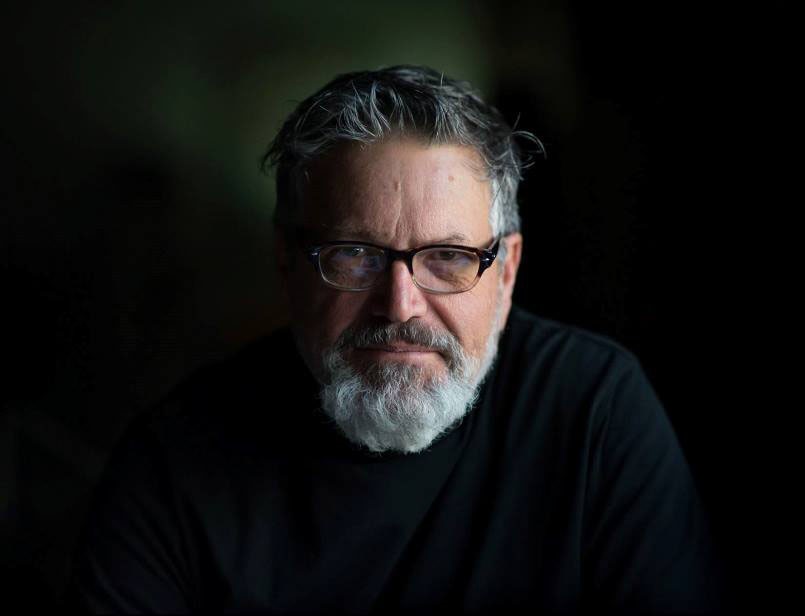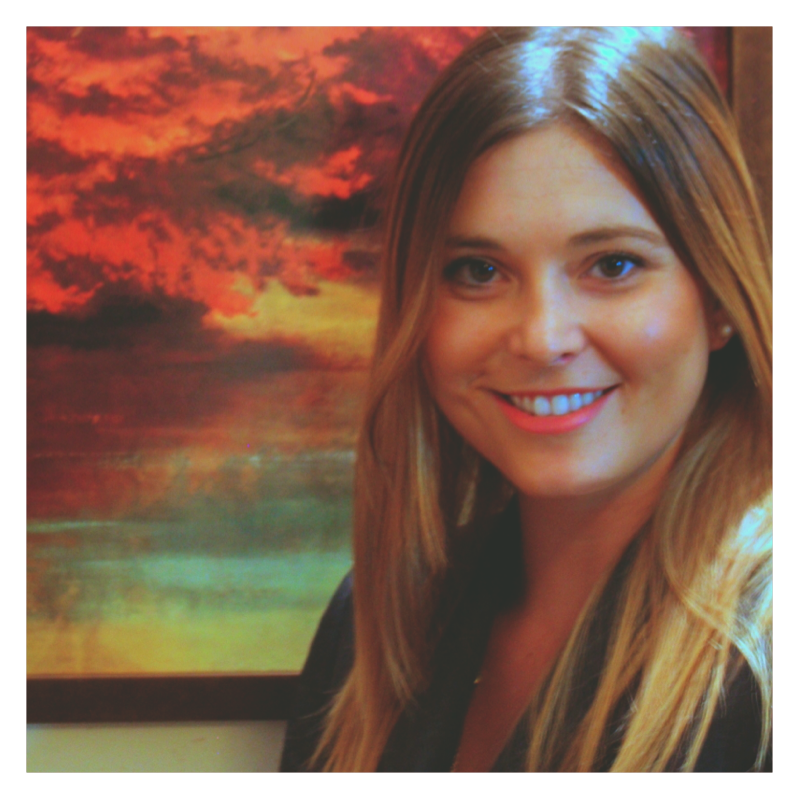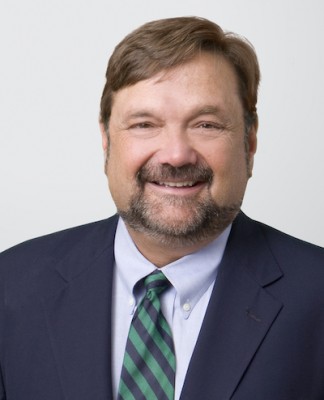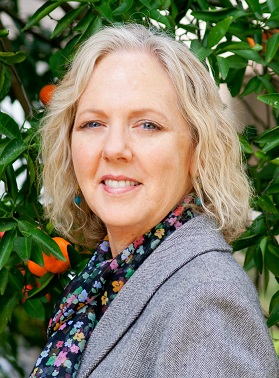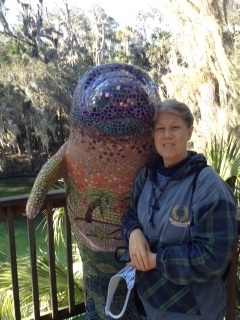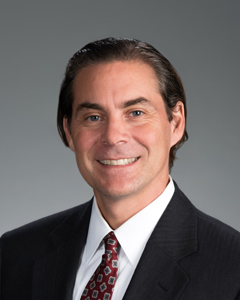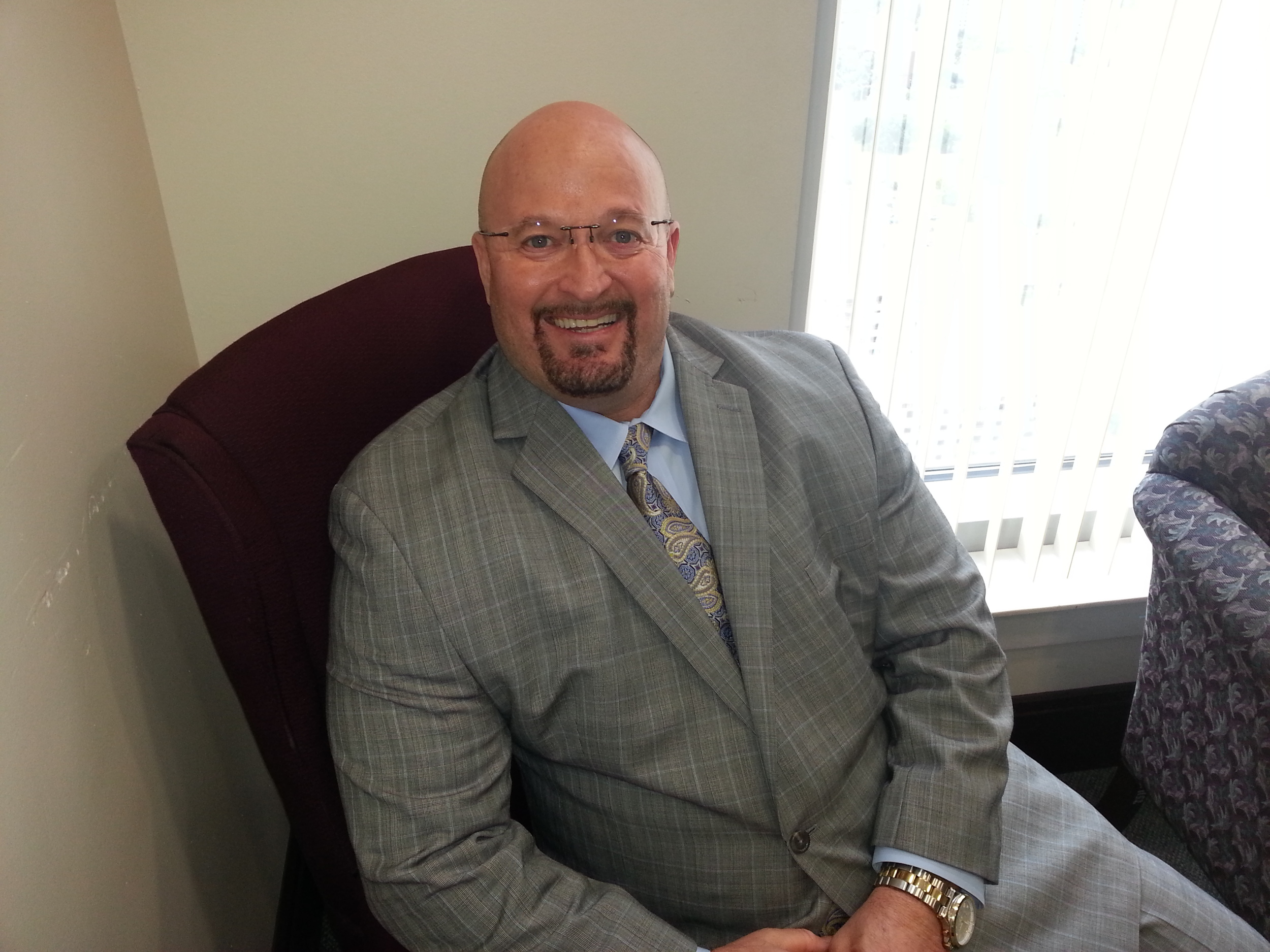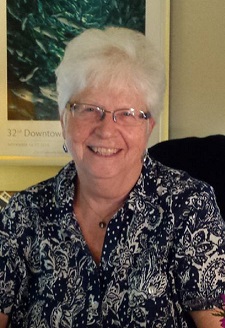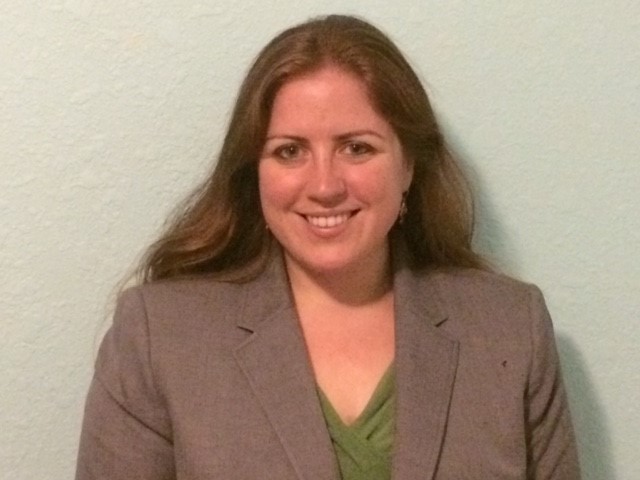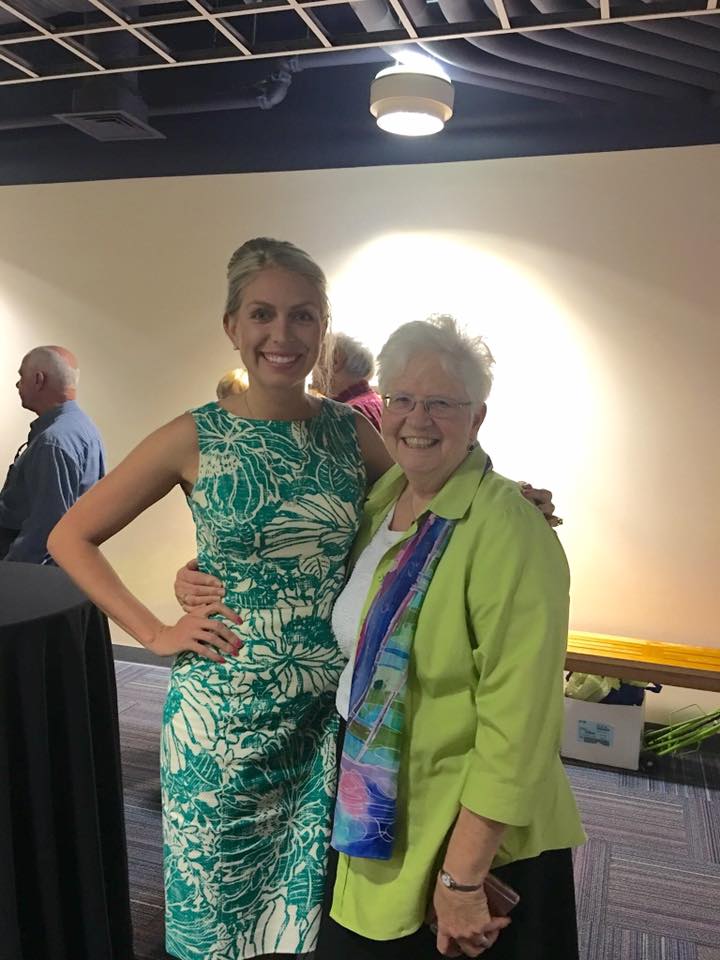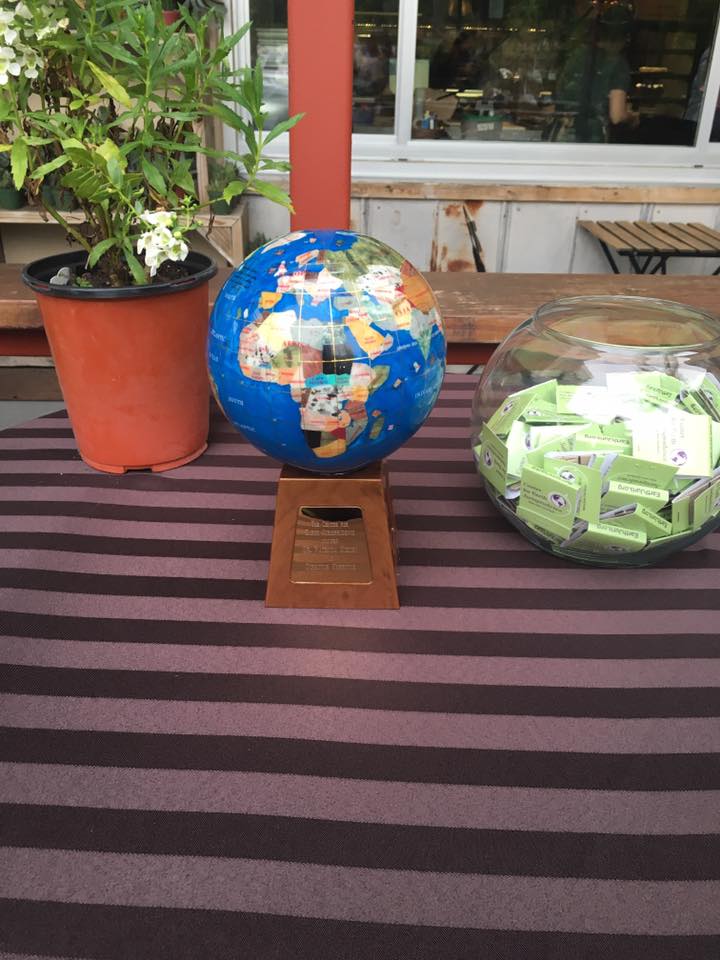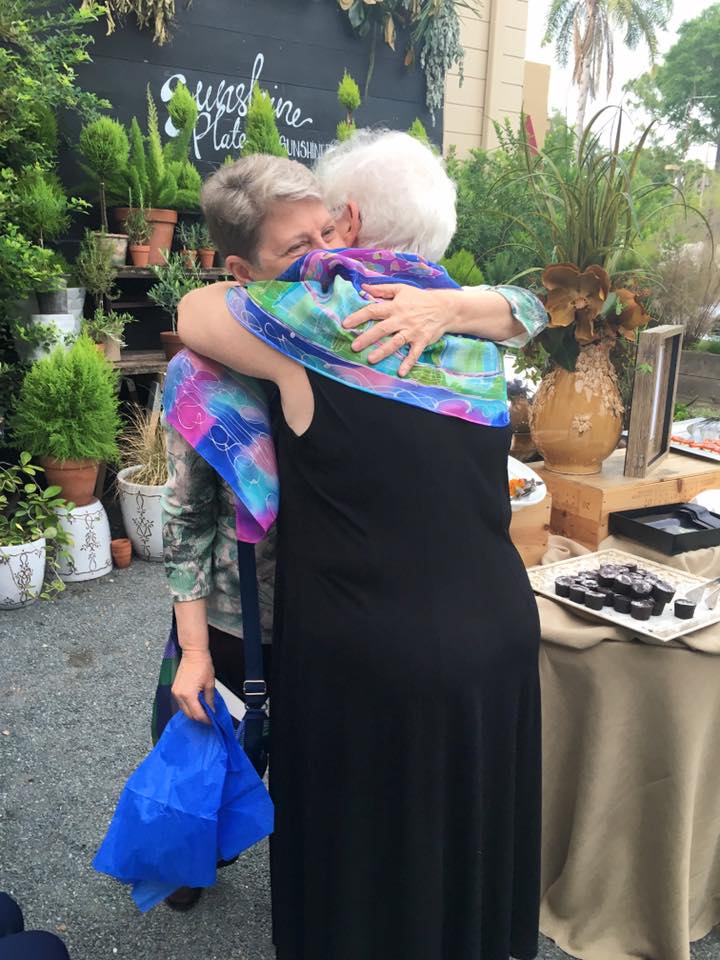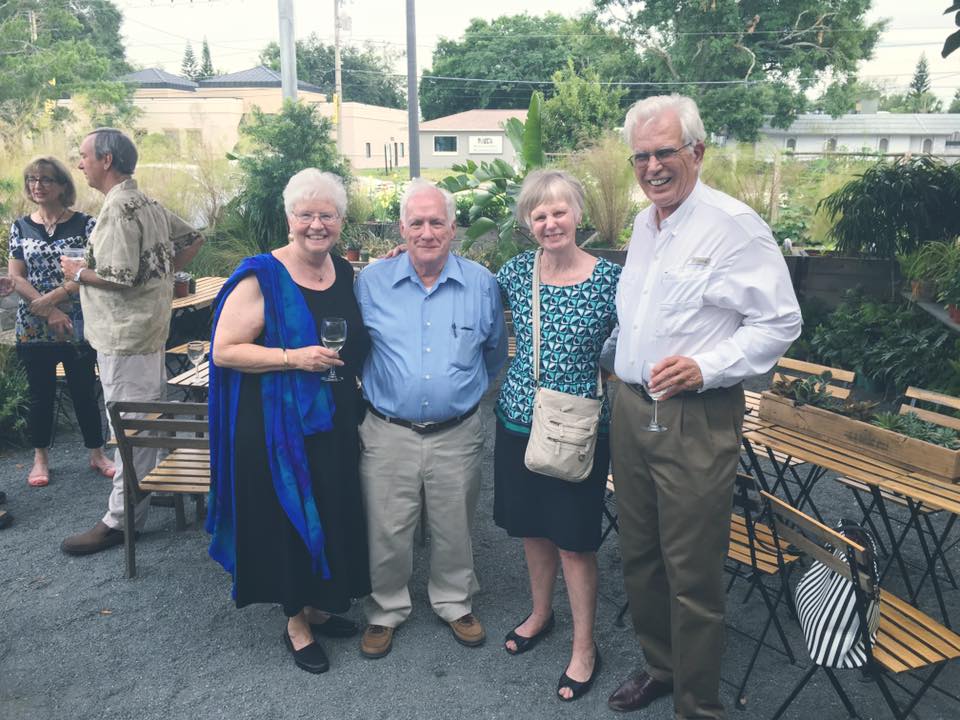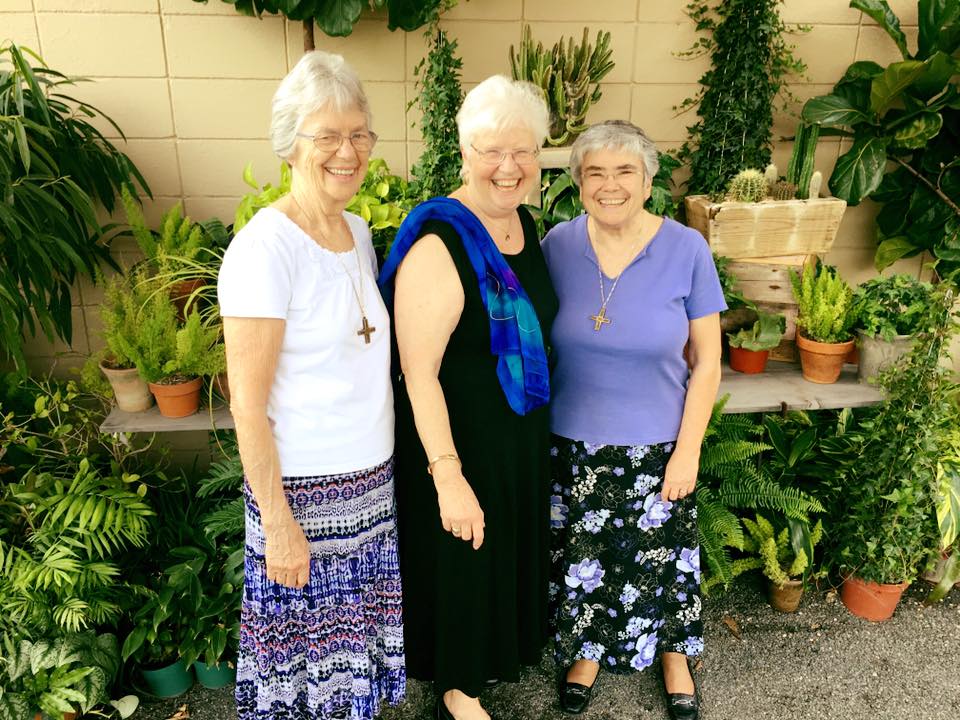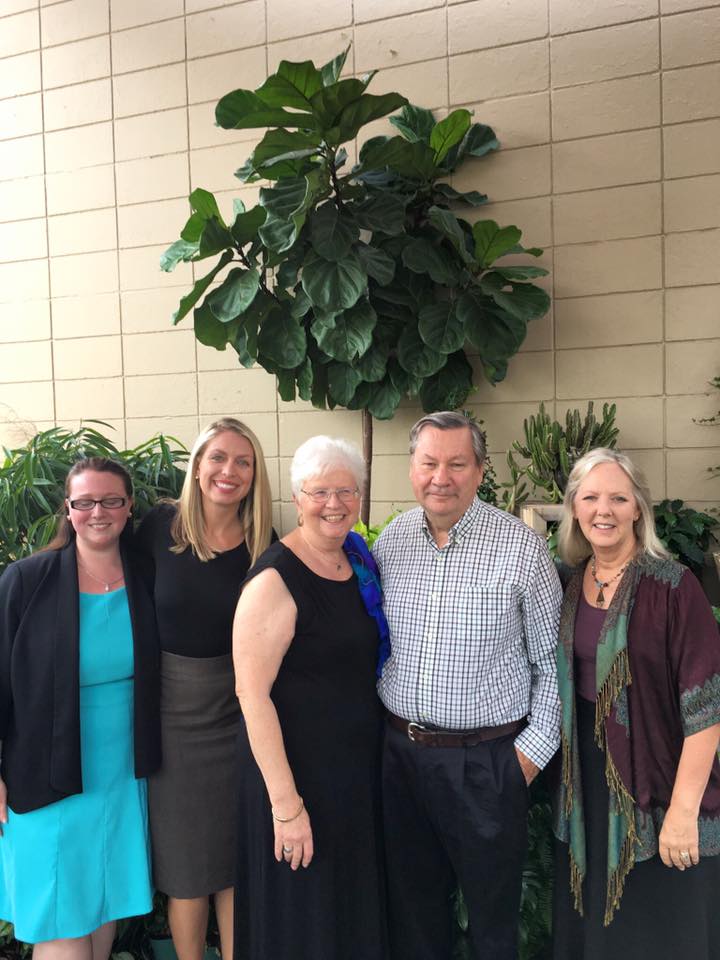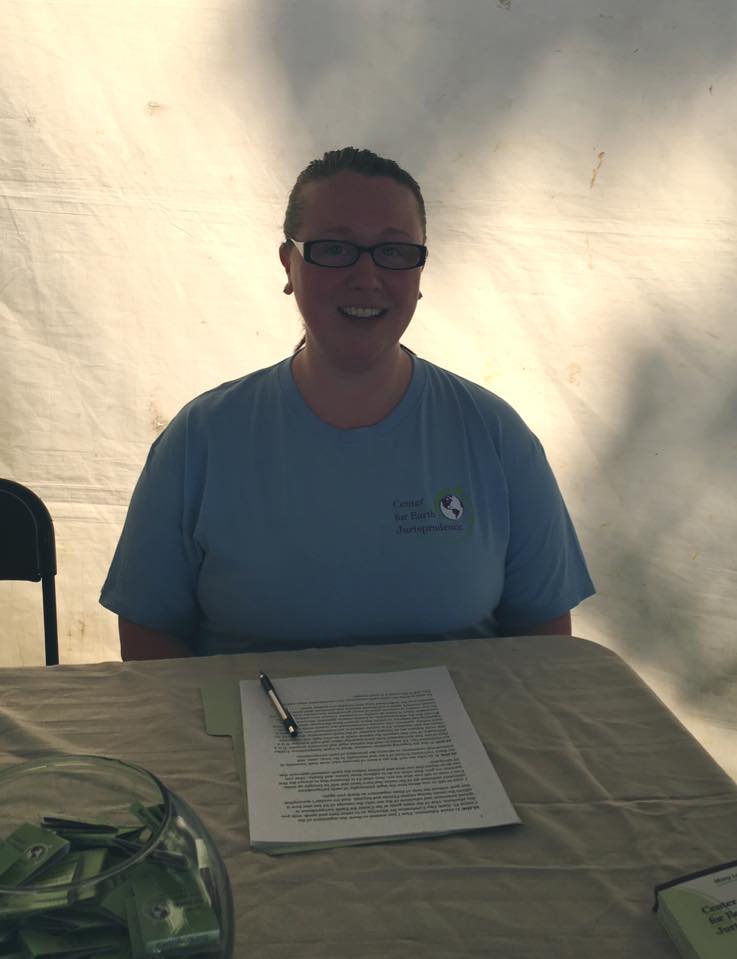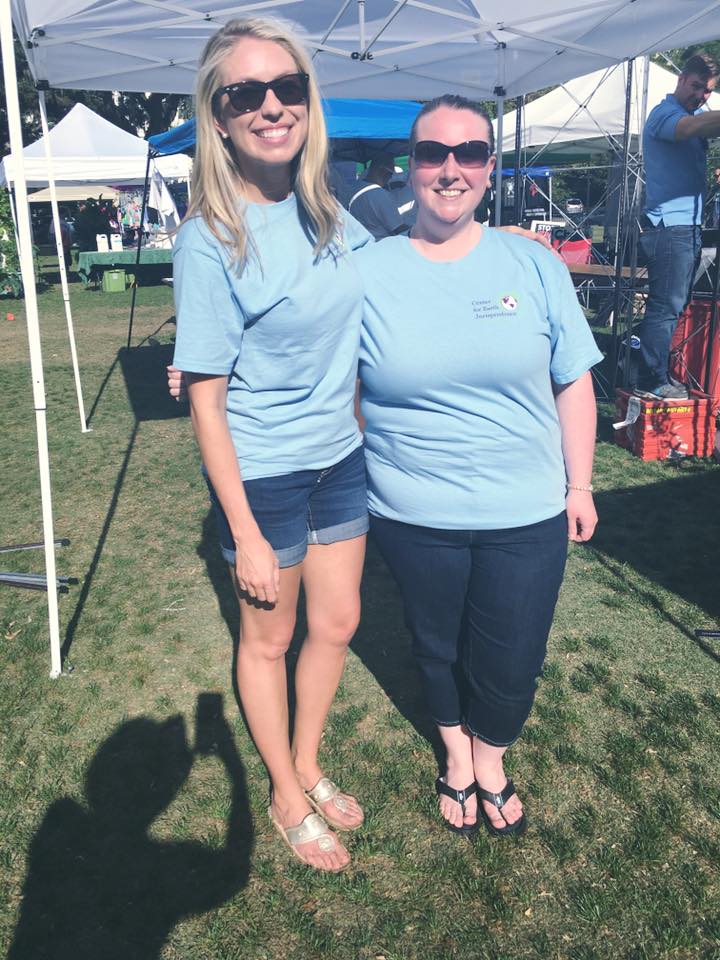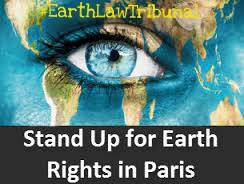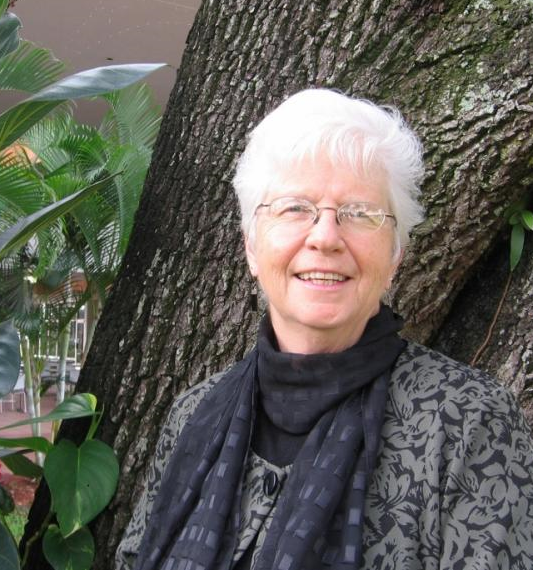““[W]e are beginning to discover that pollution is a process that destroys wondrously subtle balances of life within the water...This heightened awareness enlarges our sense of the danger to us. But it also enlarges our empathy.””
Photo from the Center for Biological Diversity website on the Ichetucknee Siltsnail
It's all interconnected, nature's web. A nuanced change in a delicate habitat can wreak havoc, and not all creatures are given the same consideration, protection, or empathy. Even the tiniest of creatures deserve a voice, and respect for their evolutionary purpose in the interconnected web.
This week, CEJ sent a letter to the U.S. Fish and Wildlife Service imploring the agency to take positive action on the petition filed by our friends at the Center for Biological Diversity asking that the agency formally enlist Florida's Ichetucknee Siltsnail as endangered, and declare Coffee Spring as critical habitat. The agency agreed to move forward on listing the snail in 2012, but has done nothing since.
These tiny spring dwelling creatures are also known as "sand-grain" snails because of their resemblance to just that, a grain of sand. Native only to Florida--and to only one spring in Florida-- this snail is dwindling right before our eyes. It's chance of revival is slim if the U.S. doesn't act quickly to protect it's habitat, which is a mere 10 square yards of one single spring, Coffee Spring, in Ichetucknee Springs, Suwanee County, Florida.
Yes, Ichetucknee Springs is a State Park, but this public and cherished location isn't protecting the snail. Ecosystems aren't bound by mapped park lines, and unfortunately neither is fertilizer runoff. As springs and watersheds are becoming increasingly uninhabitable for many native species, many species, like the siltsnail, are under severe threat of extinction.
Our Staff Attorney, Rob Williams, authored the letter to provide further information regarding the threats facing the Ichetucknee Siltsnail which are set forth in the excellent report prepared by Gary L. Warren and Jennifer Bernatis for the Florida Fish and Wildlife Conservation Commission, "Status of the Ichetucknee Siltsnail (Floridobia mica) in Coffee Spring, Ichetucknee Springs State Park, Suwannee County, Florida, November 2015."
As the report notes, one of the threats to the snail's habitat is increasing groundwater nitrate levels in the Ichetucknee watershed. Nitrate levels have increased dramatically in the springs of the Ichetucknee River complex as shown in the following graphs prepared by the Florida Springs Institute:
As evidenced in the above charts, the nitrate levels in the springs are now 16 times greater than the historical level.
In 2012, the Florida Department of Environmental Protection adopted a Basin Management Action Plan ("BMAP") to reduce nitrate pollution in the Santa Fe River Basin which includes the Ichetucknee River and associated springs. DEP's BMAP is an inadequate regulatory mechanism for protecting the snail's habitat. The BMAP itself states that "the TMDLs established for this basin will not be achieved for several decades." "Specifically, nutrient reductions resulting from implementation of agricultural BMPs are estimated to require at least 10 years to be measurable in the Santa Fe River" (emphasis added). This prediction was born out by a 2013 Progress Report released in April of 2014 which concluded that "there has been a slight increase in nitrate +nitrate concentration in the Santa Fe River over the period of 2009 through 2013."
Low water flows combined with high nitrate levels can easily alter the delicate ecological balance in the snail's habitat.
There is no question that under the five listing factors of the Endangered Species Act, protecting the Ichetucknee Siltsnail is warranted. We ask that the Service act promptly to protect this species and designate Coffee Springs as critical habitat in order to ensure its long-term survival. That's what we're asking for now.
But, the continuous fight to save each creature from near extinction begs the question: why do we let it get this far? Our current regulatory systems are clearly failing. So we ask, what would this world look like ecologically if the smallest of creatures had a louder voice? If they had a right to flourish, to exist? What if these creatures were awarded true, just, legal consideration? What if humanity demanded that nature's ecological integrity be recognized, and given legal standing in its own right? Perhaps, then, the Ichetucknee Siltsnail wouldn't be in a precarious position. Higher nitrate levels is only one of the reasons the Siltsnail is barely holding on. The devastation of Florida's springs should make everyone scared, and everyone empathetic--because ultimately, it's all connected. This habitat, mankind is a part of it.






